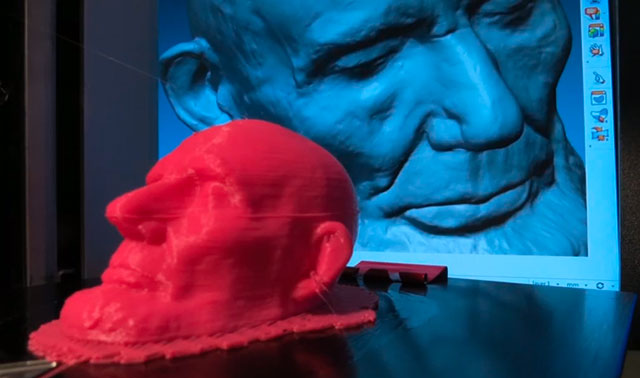From scanning and printing a statue of Thomas Jefferson to scanning an entire find of whale fossils, the staff at the Smithsonian Museum are no strangers to 3D scanning and 3D printing technology.
Founded in 1846, the US, Washington DC based Smithsonian is the world’s largest museum and research complex, consisting of 19 museums and galleries, and nine research facilities.
Bringing them bang up to date, members of the Smithsonian’s 3D Digitization Program, Adam Metallo and Vince Rossi or resident “lazer cowboys” as they have become known, have been tasked with a mission to document, in high-res detail, the priceless objects, specimens and collections within the confines of the museum.
The museum is pursuing a gargantuan effort to scan and digitise 14 million objects from artwork to lab specimens — preserving them digitally for research and education.
Using a variety of scanning devices, from long range devices adept at capturing large objects in their entirety, to laser arm scanners providing real-time scan data of close-up objects, the team is curating a vast virtual collection of exhibits.
Image ranged left half column width inset into text: scan+print.png
This virtual source of Smithsonian data allows the museum to put complete representations of scanned objects online to allow people to see the exhibits from anywhere around the world.
A by-product of this program is that no physical contact is made with the objects being scanned and therefore all the risks of damage associated with previous recording methods, such as measurement and mould-making, are completely removed from the process.
Check out the video of the team working to preserve a digital copy of the 1776 Gunboat, Philadelphia.



